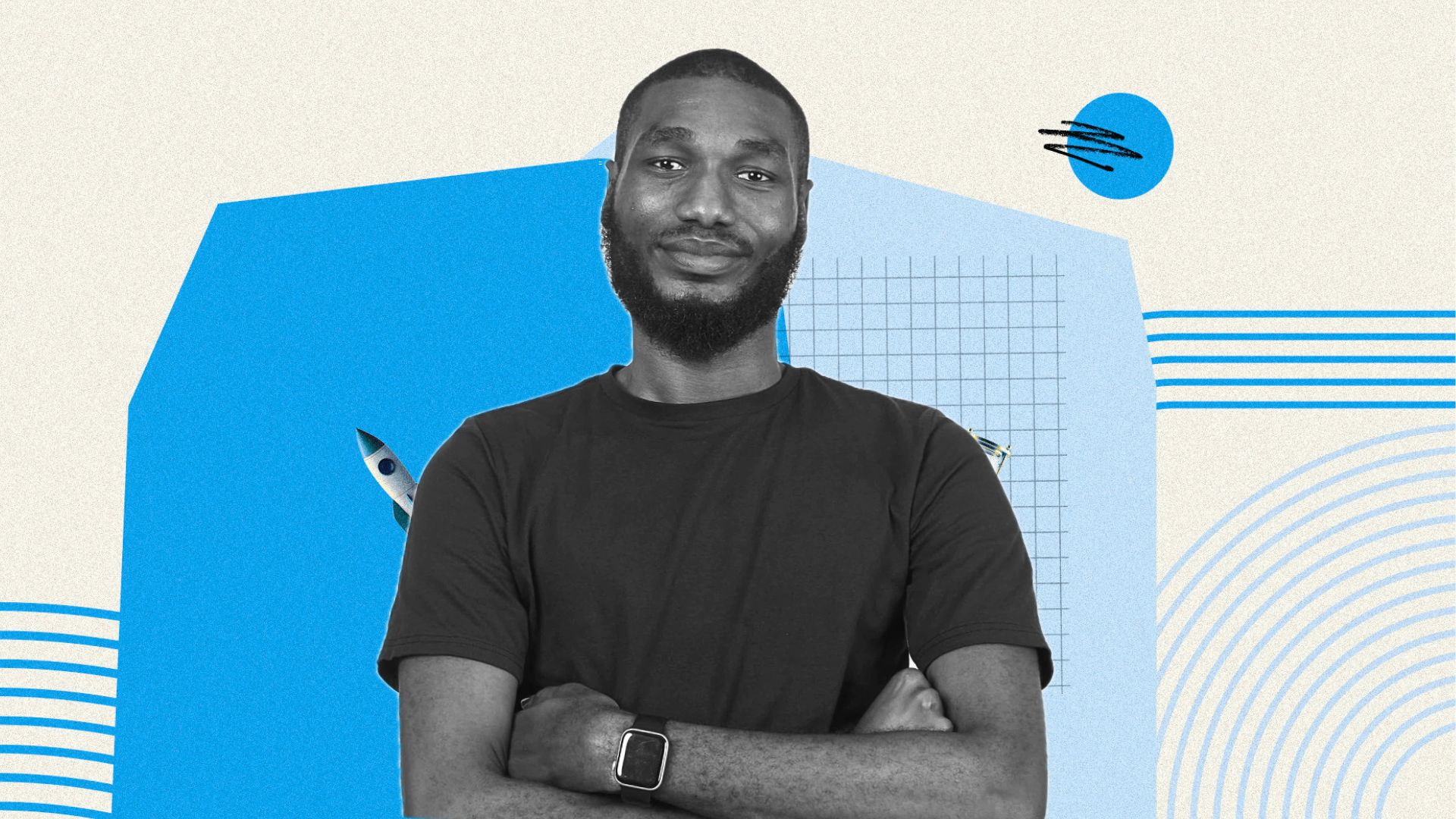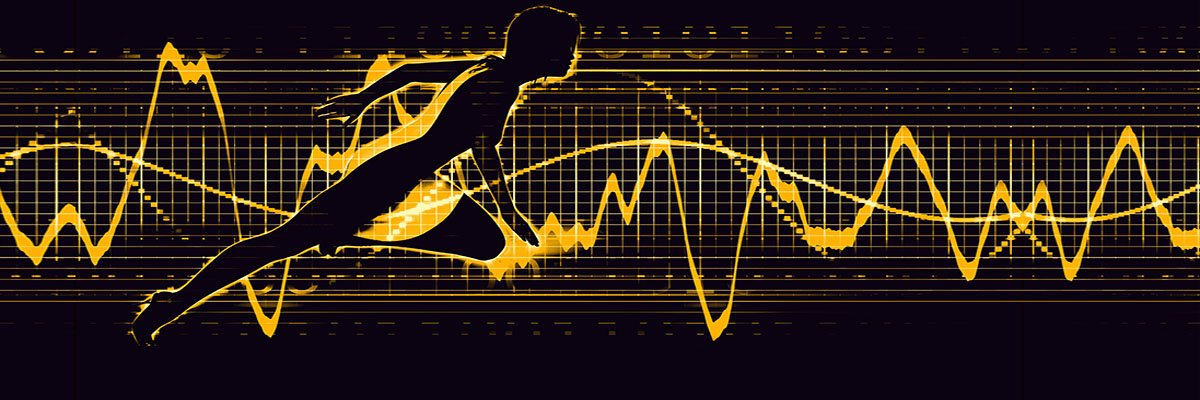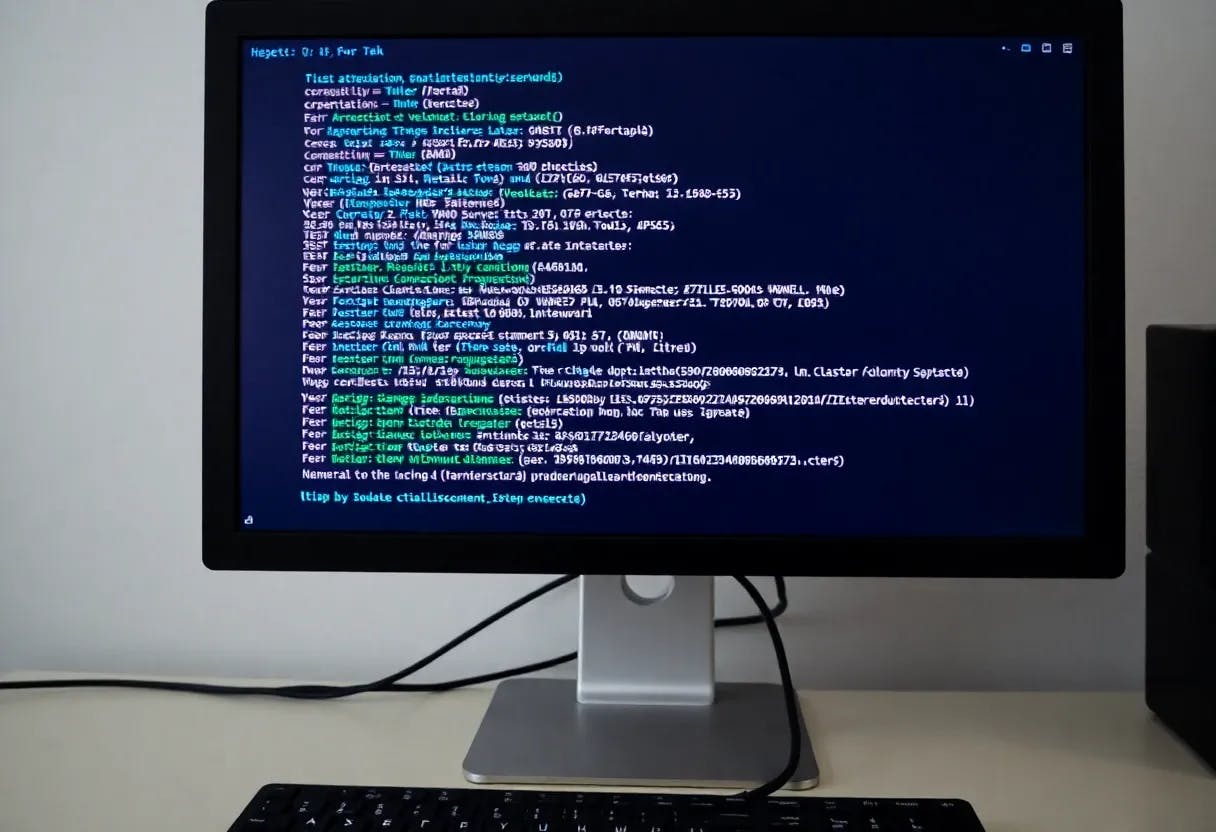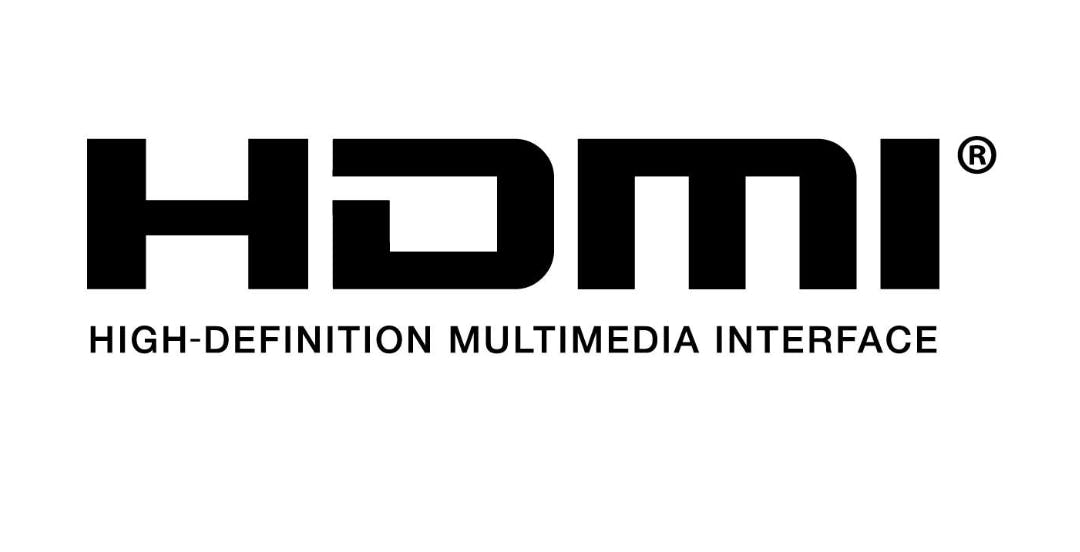In Lagos, where uneven sidewalks and chaotic traffic turn every commute into an obstacle course, getting around can test anyone’s will. For the roughly seven million Nigerians who are blind or visually impaired, it’s a daily fight against an environment that rarely considers them, and available assistive tools are either too costly or not built for their realities.
For Charles Ayere, a Lagos-based developer who has watched a close friend of 12 years struggle to move independently, this reality hit home. Her frustration pushed him to build EyeGuide, a navigation app that uses the LiDAR sensor on iPhones to help blind users detect obstacles, sense human presence, and walk with more confidence.
How EyeGuide was built
Ayere did not set out to become a tech innovator. A Sociology graduate from Olabisi Onabanjo University (OOU), he stumbled into technology out of curiosity and began experimenting with projects in his final year. After graduating in 2018, he started his tech career and now works as CTO at an AI digital marketing platform and as a lead web developer for a fintech startup called Sofri in Lagos.
The idea for EyeGuide came in early 2024, when he started exploring how existing technology could improve accessibility for the blind. Inspired by the sensors in cars that detect nearby objects, he asked himself: if cars can sense obstacles, why can’t blind people use something similar? After researching online, he discovered LiDAR, short for Light Detection and Ranging, and realised it could be the foundation for a more dependable, locally built navigation tool.
When Ayere began building EyeGuide, his first prototypes used the iPhone’s dual or triple cameras through stereoscopic lens technology. But the results were inconsistent. “The camera-based system wasn’t reliable,” he said. “Sometimes it mistook a picture frame for a person or failed to detect glass doors. There were a lot of incorrect measurements.”
Reliability, he learned, was non-negotiable. That was when he switched to LiDAR. Unlike cameras, LiDAR does not capture visual images. It emits tiny laser pulses that bounce off nearby objects and measure how long each pulse takes to return, creating a 3D map of the surroundings even in total darkness. The LiDAR sensor is built into iPhone Pro models like the iPhone 12 Pro as well as iPad Pro 2020 and later.
EyeGuide processes everything locally on the device, keeping user data private and unrecorded. When users open the app, it scans their surroundings and gives voice prompts such as “turn left,” “turn right,” or “collision detected,” along with vibrations that intensify as obstacles get closer. It identifies objects and tells users how close they are in meters. The app can even detect human presence, helping users know when someone is nearby. Users can start or stop the app using the iPhone’s volume buttons, and it automatically pauses scanning when the phone is idle.
Building with the blind, not for them
From the beginning, Ayere knew he could not build EyeGuide alone. He worked closely with members of the blind community in Yaba, testing prototypes and adjusting everything from vibration strength to audio feedback based on their real-world experience. Their feedback, he said, continues to shape how the app works.
In Lagos, Abiodun Joseph tried EyeGuide on his iPhone and said, “It was really fun trying it out. The vibration and alerts are good, but I think they shouldn’t be that intense.” He tested it by walking along his street and deliberately approaching walls and gutters. “It kept beeping and telling me I was close to an obstacle,” he said. Still, he was cautious about how it might behave in busier areas. “On a crowded road, the app might pick up too many things at once. If it can be made less reactive, that would help.”
Ayere addressed differing preferences by making sensitivity settings adjustable. Users can fine-tune how close they want to be before the app issues warnings. “I’m always paying attention to feedback,” he said. “It’s a continuous process.”
Expanding the vision
Right now, EyeGuide works only on iOS, but Ayere plans to expand beyond Apple devices. He is currently refining the app’s features and testing prototypes of smart glasses that connect to EyeGuide via Bluetooth. The glasses use ultrasonic sensors, which are cheaper and more energy-efficient than LiDAR, to make the technology accessible to Android users while allowing them to keep their phones in their pockets.
Bringing LiDAR directly to Android phones is not feasible, Ayere explained. Android devices vary widely in hardware, and integrating LiDAR sensors into glasses would drive costs too high. That is why he is focusing on ultrasonic sensors for the hardware. “If you are building for the masses, it has to be affordable,” he said. “That is why I am exploring small, efficient sensors that do not cost much.”
That focus on cost reflects the reality of Nigeria’s assistive technology market, where prices leave many persons no option but to rely on manual alternatives. A WeWALK Smart Cane sells for around ₦752,000 in Nigeria, and even simpler imported versions cost about ₦90,000, well beyond the reach of most people. With a national minimum wage of ₦70,000 (about $48), that’s more than two months’ salary for the average worker. There are also no government subsidies for assistive products, leaving individuals to bear the cost.
A mission beyond profit
EyeGuide is currently free and will stay that way. “I do not want people paying for something that should be as available as water,” Ayere said. “Accessibility should not be a privilege.” The upcoming smart glasses will come at a cost, just enough to cover production. “They won’t be free, given the tech and manufacturing costs, but for me, it’s still a way to give back.”
Users have requested features such as real-time currency detection and live location sharing so loved ones can track their movements. These are among the next upgrades he is exploring. He is also considering integrating AI tools to improve object detection, though that would require internet access, which he is trying to avoid so the app can remain fully offline when needed.
Ayere revealed that the app now has over 600 users, and Ayere projects 2,000 to 3,000 globally within the next few months.
Closing the accessibility gap
Nigeria’s Discrimination Against Persons with Disabilities (Prohibition) Act, signed in 2018, guarantees access to public spaces and gave a five-year transition period for buildings and vehicles to comply. Six years later, most of the built environment remains inaccessible. Enforcement is weak, and there are few penalties for public institutions that fail to comply. Across Nigeria, ramps, tactile walkways, and accessible infrastructure are still rare.
The challenge isn’t unique to Nigeria. Across Africa, only about 15 to 25 percent of people who need assistive technology have access to it, largely because of high import costs and limited local production. “In Africa as a whole, I do not think accessibility is something we take seriously,” Ayere said. “Even in schools, there is little awareness about how things should work for people with disabilities.” His friend’s university experience highlights that gap. “She has to rely on the few tools she knows,” he said. “Most schools do not provide accessible materials. And only a handful of students are tech-savvy enough to find alternatives. What happens to everyone else?”
Still, innovators across Africa are closing the gap. From Kenya to Rwanda, a growing wave of African developers is designing for inclusion rather than adapting imported tools. In Kenya, Hope Tech+ has deployed its Fourth Eye device, which uses echolocation to detect obstacles, to over 1,200 users across six African countries. Rwanda developed its first locally made Smart White Cane through a partnership between UNDP’s Rwanda Accelerator Lab and local tech companies, using ultrasonic sensors to alert users of obstacles. Platforms like Accesstech’s GiveTechToTheBlind also connect donors with blind users in need of assistive devices, creating new distribution channels where traditional markets have failed.
These efforts represent more than technological innovation. They are a reimagining of who builds assistive technology and for whom. Ayere sees EyeGuide as part of that wave. “On , I have seen stories of African developers building solutions that matter,” he said. “I just want to add to that list.”
Through EyeGuide, he hopes to change how society views accessibility. He is hoping that EyeGuide will open the eyes of policy makers to the plight of persons with disability.
For Ayere, the goal is not just innovation. It is inclusion. “Accessibility should not be an afterthought,” he said. “We should build with people, not just for them.”










